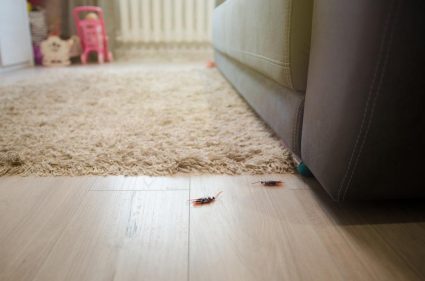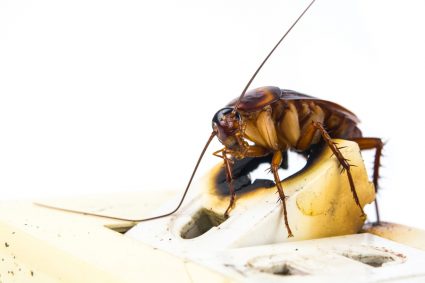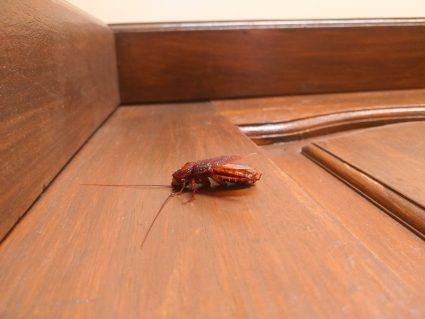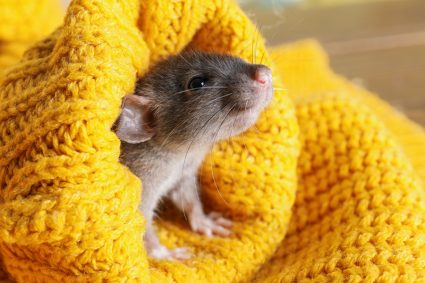
Fleas are common pests for household pets. You may have had to treat your cat or dog for fleas.
Unfortunately, no one is safe from these greedy buggers. They also prey on human beings for food and can be very uncomfortable.
It doesn’t matter if you have a clean or messy home, as fleas do not discriminate.
However, it is important to know exactly how flea infestations happen and what causes them.
Fleas are attracted to animals. Since pets are permitted to live in our homes alongside us, it is not unusual for them to bring one or two into your home.
Some fleas are audacious enough to attach themselves to your clothing, furniture, and objects as a memento from their old home. To be free of them, you must discover how they got in and deal with them before their population overrides your home.
- Fleas can survive up to a month without being attached to an animal, so your friend’s pet could have dropped it off.
- Fleas can live out in the grass and easily attach themselves to your clothing or belongings.
- They thrive in warm, humid areas.
If you are struggling with a flea infestation, this article is just for you. We have outlined the likely causes of a flea infestation so that you can handle them effectively.
You may also find more insight in the FAQ section.
4 Causes of Flea Infestation
Fleas multiply pretty quickly. So if it looks like you found a single flea, remember that they can lay between 40 to 50 eggs per day.
The eggs can scatter around your home and multiply into more fleas. Sometimes, flea infestations happen because you miss the signs that your pet or home has a couple of fleas and discover them long after they have become an army.
Although an infestation can be daunting, getting rid of fleas is not so hard.
There are a couple of other reasons, such as:
1. Transfer From Pets or Livestock
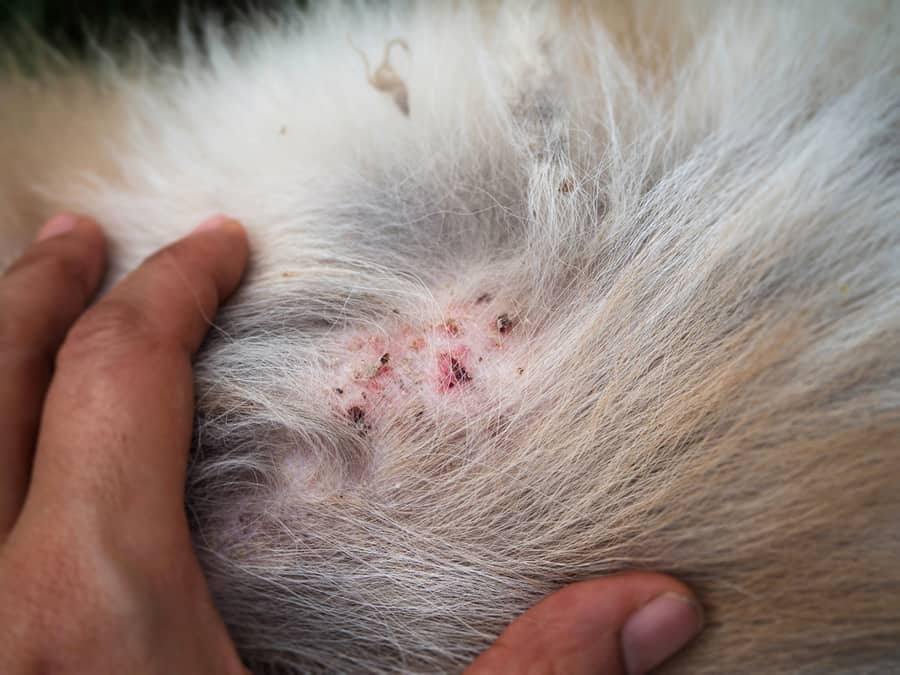
Fleas go after cats and dogs primarily. Usually, it is cat fleas that transfer to humans and may feed on you if given the opportunity.
They aren’t very picky, so that they can be transferred from one animal to another. So, for instance, your pet could pick it up from other pets at daycare or your livestock if you have any.
Fleas reproduce rapidly, laying up to 50 eggs in a single day. So, it’s important to keep your pets up to date with their flea medication.
2. Bushy or Poorly Maintained Gardens

Fleas mainly live outside, under the warm shade of grasses, shrubs, and plants. While it is not likely that you can catch it from grasses, they could jump onto your clothing from tall plants.
Fleas thrive in dirty, poorly maintained grassy areas. So if you keep a lawn, it’s best to keep a routine pesticide treatment and trim it neatly.
Not only could a flea jump onto you, but they could also attach themselves to your pets. Fleas can also travel without hosts.
They could crawl through cracks or holes in your windows. However, maintaining your home is the key to ensuring that they aren’t in your vicinity in the first place.
3. Infected Items

Fleas can survive without living hosts for up to a week. They can stay attached to bedding, clothes, and furniture long after the host has left the items.
If your pet has recently been treated for a flea infestation, you should get its belongings disinfected and cleaned out before restoring them to your home.
There are also chances that your furniture, such as carpets, rugs, and chairs, could be harboring flea eggs/
Failure to deal with those could trigger another flea war.
4. Poor Flea Infestation Treatments

When treating flea infestation, it is important to use effective methods. Effective flea treatment should eradicate both living fleas and flea eggs.
This is important because treating only living fleas would still leave chances of a reoccurrence. It’s a classic case of doing it right or not doing it at all.
Conclusion
A flea infestation does not mean having a thousand or even a hundred. If you find one flea, chances are that there are others, and they all may have laid eggs around your home.
So, taking care of your pets and home as soon as you suspect your pets have one wise. Cats and dogs, particularly, are prone to carrying fleas and suffering from flea bites.
If you do not own pets, the possibility of having an infestation is reduced but not eliminated. So, take care of your lawns and grasses in your yard just as carefully.
Frequently Asked Questions
What Are Fleas Attracted To?
Fleas can sense carbon dioxide, light, moisture, and movement. This helps them to detect the presence of hosts like cats, dogs, or humans, which they subsequently attach themselves to.
They also like to live in dark and humid places, away from direct sunlight. Any animals who play around in such areas may catch one or two.
How To Tell How Bad a Flea Infestation Is?
It’s not unusual for furry pets to catch on to a flea or two. However, it is also common knowledge that most pets like a good scratch and would help themselves from time to time.
However, when fleas lay eggs and multiply, they cause multiple itches on pets’ skin. And you may find your dog scratching itself a little harder than normal.
If you are unlucky, one could even latch on to you and give you bad itches. To prevent such extreme discomfort, you should watch out for the following:
- Increased or constant body scratching by your pet.
- Red itchy spots on your skin.
- Dark spots on your pet’s coat.
- Hair loss.
- Use a light to look out for flea eggs, and shed skin on carpets, rugs, and furniture.

